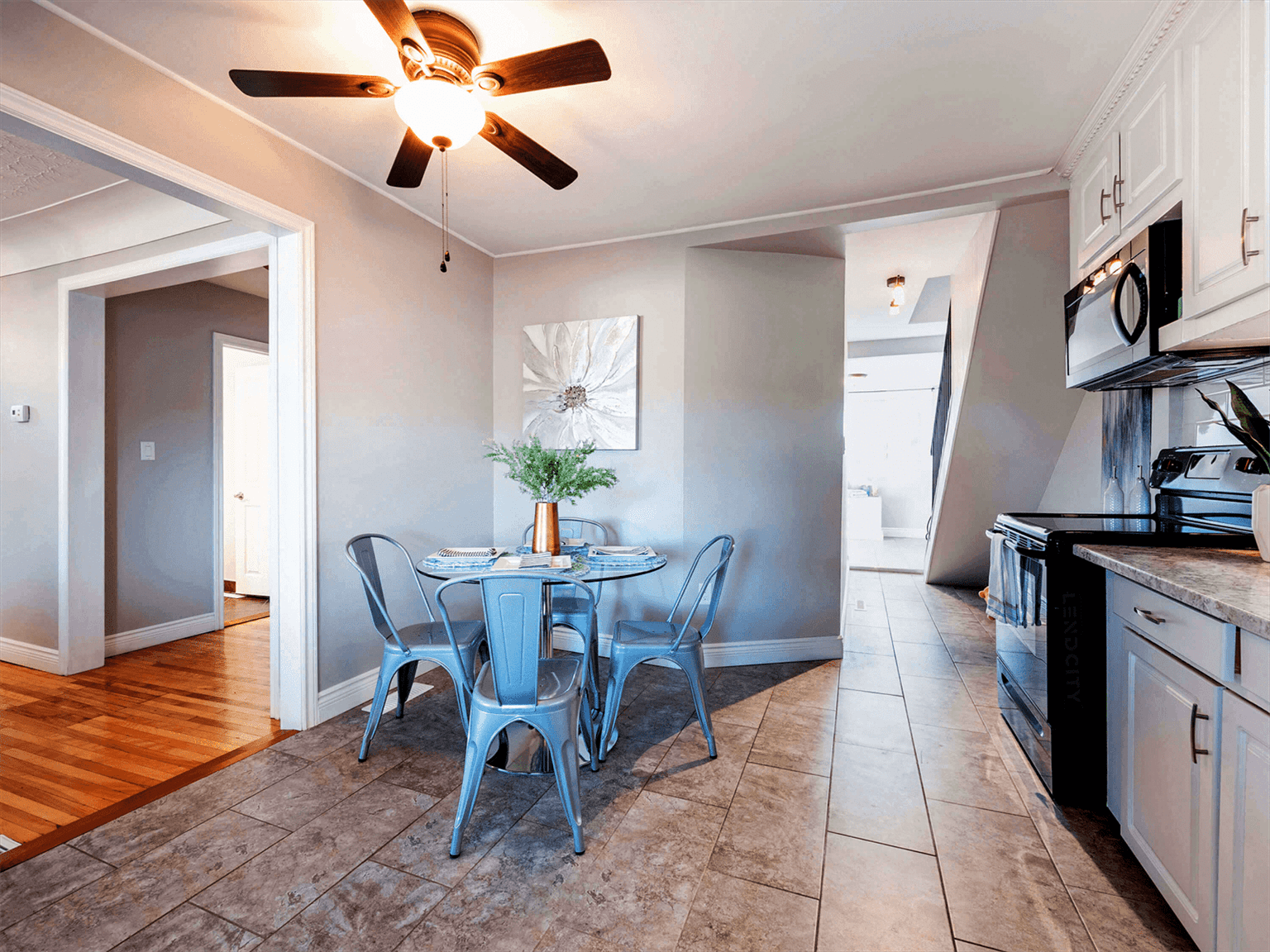Additional Dwelling Units - Increase Your Investment Value Through ADUs in 2023

Are you a single-family real estate investor who is looking for the opportunity to branch out into multi-family properties? Are you looking to make the most of your current investments and increase your monthly cashflow at an affordable price?
Then maybe it is time to consider building additional dwelling units on your investment properties.
Since the onset of the current housing shortage, additional dwelling units have skyrocketed in popularity. After all if the problem facing our current market is a lack of housing, the answer is naturally going to be building more.
However, instead of contributing to urban sprawl and building new houses on the outskirts of towns and cities away from current infrastructure, many investors are instead choosing to convert their single-family homes into multi-family properties in order to create new rental opportunities.
To further explain why they have become so popular and why they may be a great investment for you to consider, here are the advantages of additional dwelling units (ADUs) for real estate investors.
First, did you know that some lenders will be willing to loan more money against properties with additional dwelling units due to the increased amount of rental income? To learn more about how you can use additional dwelling units to bolster the value of your investment portfolio, you can do so by clicking the link below to book a free strategy call with us today.
What is an ADU?
An ADU or additional dwelling unit is essentially a secondary unit built onto or within an existing residential property. These can come in a wide array of shapes and sizes, with each option having their own unique advantages that can make them an excellent option for new and experienced investors alike. These can range from basement suites to laneway housing to garage dwellings.
Additional Dwelling Units are used for a variety of purposes including house hacking, multi-family investing or providing separate housing for family members within your home.
Using an ADU to House Hack
Additional Dwelling Units are an excellent option for anyone who is considering house hacking. In case you do not know, house hacking is the process of renting out part of your principal residence in order to generate rental income out of your own home. This can be done in order to reduce your living costs and potentially generate some healthy cash flow if the unit is profitable enough.
One of the key barriers to house hacking for many investors is the concern about allowing tenants – regardless of whether they are short-term or long-term renters – into your personal space. However, additional dwelling units eliminate this concern by allow you to place the tenant in a unit that is not connected to your primary unit from inside of the home. This can also give your tenants more of a sense of agency and control over the unit, allowing them to enjoy the increased comfort and privacy as well.
Creating Legal Multi-Family Rental Properties
ADUs can also be used as a method to create legal duplexes and multi-family rental housing. If a property has enough room for you to do so, you may be allowed to build an additional unit on the property either through an extension, separate structure or by segmenting off part of the house with a separate entrance.
This way, instead of renting your property to a single tenant or group of tenants, you can house two tenants with the same property.
This allows you to lower the rent on each unit to make them more desirable to renters, while still turning a higher profit each month through increased cash flow by making the two rents combined equal more than you initially would have charged for a single unit. For example, if a single-family home were going for $2000 per month and cash flowing $300 after all expenses were paid, but you added additional dwelling units and charged $1400 for the primary unit for $1200 for the ADU, you would be making a total of $2600 in rental income or an estimated $900 in cash flow.
However, if you are planning to do this, you should do so when you first purchase the property or while it is vacant because most tenants are not going to be cool with losing space on a property they have been renting for a while. If your circumstances permit, you may be able to evict a tenant while you are building an ADU on the property, but you should always consult the Landlord and Tenant Board before you begin pursuing this option to ensure that you are in the clear.

Discover How To Evict A Tenant With This Step By Step Guide
Where Can You Put Additional Dwelling Units?
There are quite a few different places you can construct an ADU depending on what your local housing laws permit as well as the property itself.
Basement/Attic Units
Basement apartments or second floor/attic apartments are some of the most common forms of additional dwelling units because they are the easiest to construct. If you have a fully finished basement or attic/second floor with all of the hookups and connections a tenant would need manage their day-to-day needs, it can be quite easy to build a separate entrance and classify it as an ADU.
Extensions
Another popular option when constructing additional dwelling units is building an extension onto the home. This is a more expensive option but, you do not need to take up too much or any space from the primary unit in order to build the secondary residence.
Garden and Laneway Suites
Where permitted, it may be possible to construct an additional structure as and ADU in the form of a garden or laneway suite. These options are great because they offer the appeal of a separate unit without any shared walls or infrastructure, while still residing on the same property as the primary unit. However, these units do require paved access to the street, so do not plan to build one of these facing into an alleyway or requiring the tenant to pass through the primary unit to access their home.
Garage Units
Another option people consider when pursuing an ADU is garage apartments. These can be great if your garage has the space to add or become an ADU, but you have to be certain that everything is updated and brought up to code before you allow someone to move in so that you know the unit is safe and livable.
If you are interested in learning more about additional dwelling units or have any questions about how you can secure financing in order to construct one, contact us at LendCity. Our agents are constantly ready to help you secure the best available financing options for all of your real estate needs. To get started visit us online at LendCity.ca or give us a call at 519-960-0370. Alternatively, you can click the link below to book your free strategy call today.
